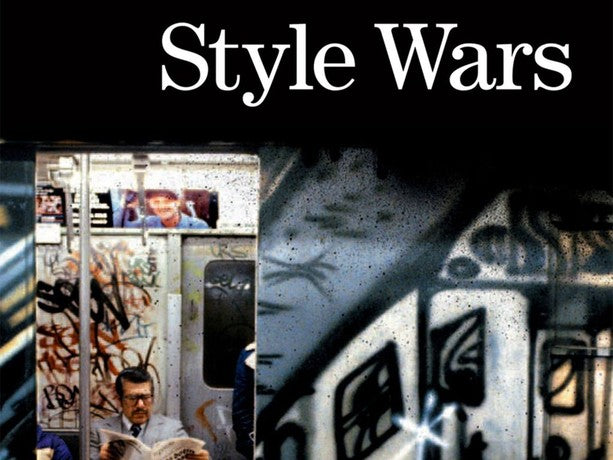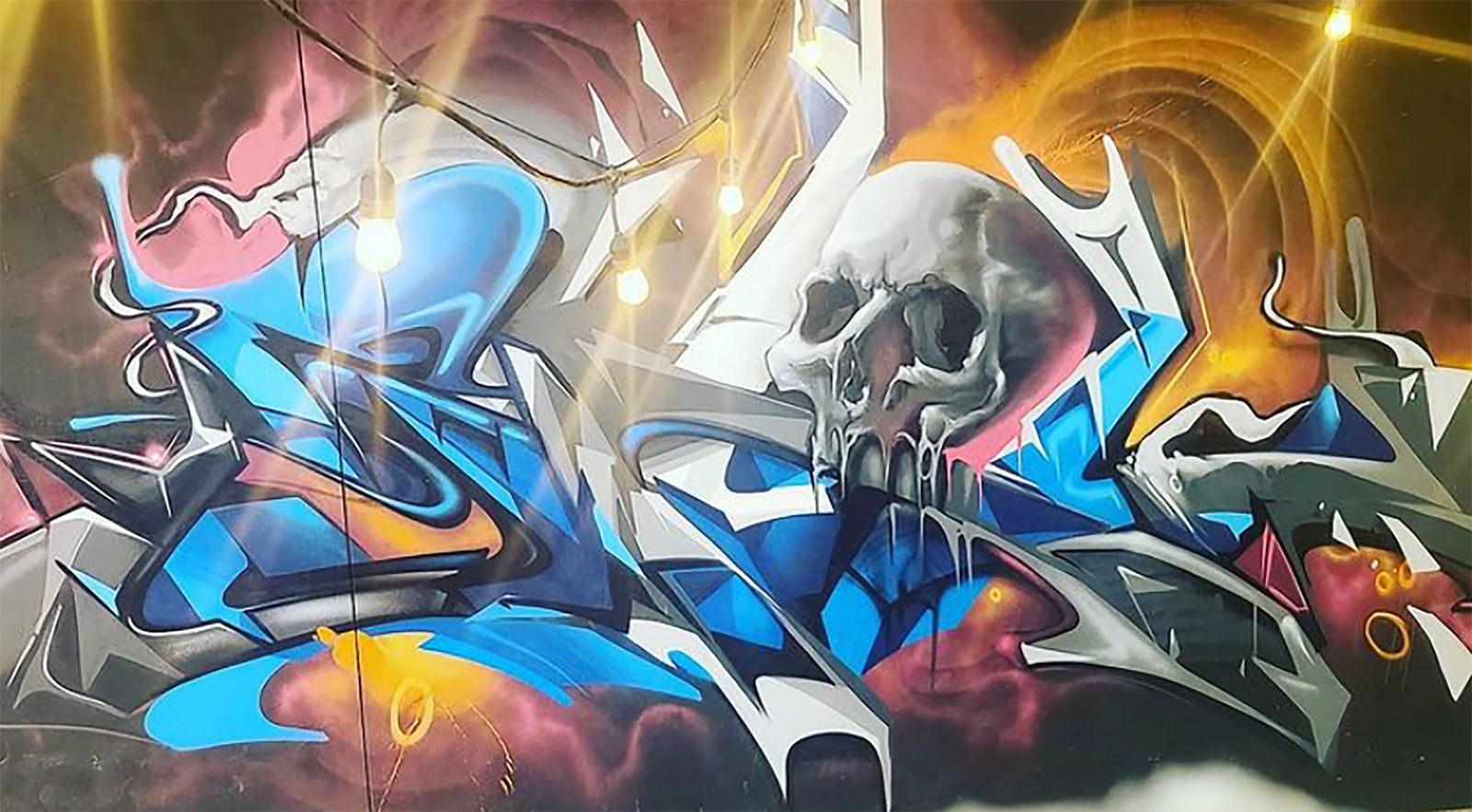Nozzles, diffusers, valves, caps, nozzles, atomizers... there are a thousand names for this essential graffiti art tool that is responsible for guiding the spray paint when leaving any aerosol can. Spray paint caps or tips are so essential and specific that these days there are just as many different types of caps as there are paint color names in the Montana Colors product catalog.

Many Painters & Less Experienced Graffiti Artists Often Ask:
Are so many types of caps necessary? (the answer is yes)
What are they all for? or… What do they all do?
Well, we here at Spray Planet are going to attempt to help your better understand the spray paint caps, their features and what each can best be used for. Because of the sheer number of caps and their various features, we felt it would be easier to read as a 2-Part series.

What An Aerosol Spray Paint Spray Cap Is
In general an aerosol spray paint can spray cap is the final component that regulates the power, reach, thickness and even the shape of the paint’s spray that an aerosol can is able to produce. We say final component because, despite being an important factor, all these features are also affected by the technology of each individual aerosol can brand and / or model.
The spray cap you decide to us at any time is at the very least partially influenced by the type of spray paint can you are going to use. This is because every spray can brand and model have a different range of pressure housed inside each can as well as a unique valve system that the spray can cap attaches to. Together with the spray paint cap, these two spray can characteristics all have an affect the way (as noted previously) the paint applies to the surface.
Once you understand the interplay between spray caps and different spray paint cans, you can then begin to choose the right spray nozzle for the type of application you are looking to achieve. For instance if you are looking to use a Montana Hardcore Spray Can and want a super fat line, you would probably choose a Fat Pink Dot or an Astro Spray Cap. Both of these caps spray nice wide coverage, and apply the paint quickly due to the high pressure of Montana Hardcore spray cans.
As you become more comfortable with different spray caps, the final factor that will help determine which caps you use and when will be preference. At the end of the day, as your spray painting skills develop, you will learn which spray caps work with the brands you prefer to use and how you use those spray cans.

Some Spray Can Spray Cap Lingo
To ensure we are all on the same page and to help educate newcomers to spray painting and aerosol art, we want to cover some basic spray cap vocabulary. We will start with the basic categories of caps.

Fat Spray Caps
When we refer to a line as “Fat”, that descriptor is specifically describing caps that have a wide line width or bigger spray circumference. In some cases people will use the word “Wide” or in certain cases the word “Softball” instead of “Fat” but generally speaking the word “Fat” is the more normal descriptor.

Skinny Spray Caps
The opposite of “Fat” is “Skinny” and thus we have “Skinny Caps” that in turn produce thin lines or a thinner spray circumference. Again some people will refer to these caps as “Thin Caps” as well – but understand that phrasing is referring to the same type of spray caps.

Medium Spray Caps
Another spray cap description you may hear is “Medium Caps” – this is a loose description that covers aerosol spray caps that fall somewhere between thin caps and fat caps. These caps generally have a middle width of spray, but there is no real standard and really takes testing these caps out to understand their capabilities and best uses.

Specialty Spray Caps
Any spray cap that does not fit neatly into a fat skinny or medium spray cap category is generally classified as a specialty spray cap. This includes Needle Caps that can spray both ultra-thin lines and shoot paint out over a distance, Transfer or Mixing Spray Caps that allow you to mix two spray paint colors together using a very specialized technique, and Soft Caps which are designed for blending and gradients when you are spraying.

Technical Aspects of Spray Caps
Beyond terms that define the size of spray, you may additionally hear the term “Bus”. “Bus” simply refers to the a circular plastic piece that is embedded in the cap where the paint comes out and helps to determine the final spray characteristics.
You may also want to familiarize yourself with the term “Stem”. The “Stem” refers to the portion of the spray cap that is inserted into the spray can valve. When you look at a spray cap the name makes perfect sense and plays an important role, because not all spray caps fit in all spray can valves due to varying diameters of spray cap stems and valve insertion points.
A final technical feature of spray caps is called the “Notch”. A “Notch” is a cut in the stem portion of the spray cap that helps determine how much paint will be allowed to flow when pushed through the valve into and through the spray cap. The wider the notch (generally) the more paint that is allowed to flow through the spray cap.

While many people tend to ignore the spray cap as just something you need to spray out paint, you can tell that over the years due to different artist needs the spray cap itself has evolved. From NY Fats and Skinny spray caps, we now have a wide range of caps that allow maximum control and paint application in any situation. Spray caps have become as necessary to understand for proper use per situation as the right spray can, spray paint color and spray painting technique are to every artist.
In our upcoming part 2 of our Spray Cap series we dive into the actual spray caps, how to identify them and their uses in graffiti and mural art. Stay Tuned!






Arsone
October 14, 2018
I’m sure this will help a lot of people and boost sales!